Scuba hand signals are the main signs that help divers to communicate underwater. These signs are universal and accepted by most associations and training agencies.
In addition to them, there are many other signs that are used in various conditions, but these are the basic hand signs of underwater communication for divers.
| Image | Description |
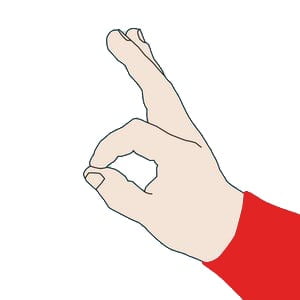 | I am OK |
 | I have a problem |
 | Go up |
 | Go down |
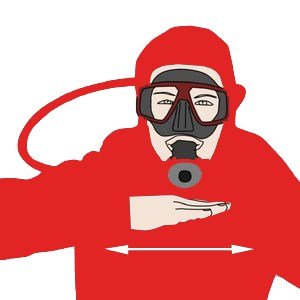 | Out of Air |
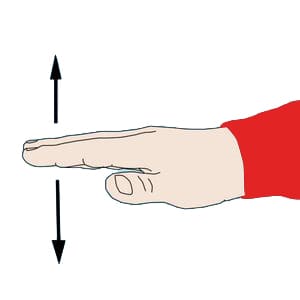 | Slow Down |
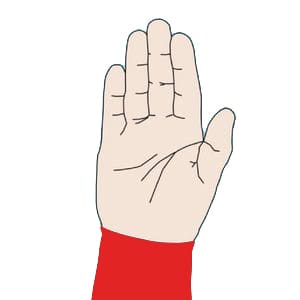 | Stop |
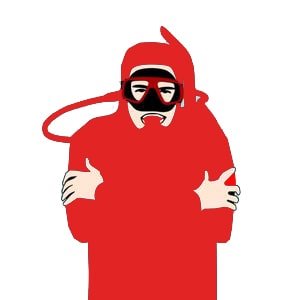 | I’m cold |
 | Watch/Look |
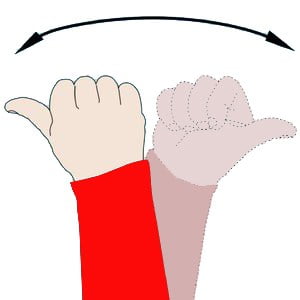 | Go this direction |
 | Get with your buddy |
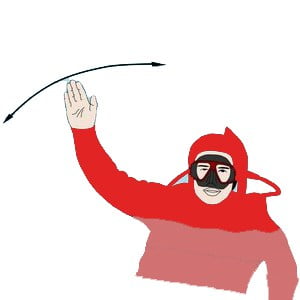 | Emergency! Help me now! |
 | I don’t know |
How to ensure safety underwater
When learning to dive, the user should know that for a safe dive, you need to provide yourself with the necessary items, equipment, and equipment.
The better equipped the diver, the easier it is to solve difficult and dangerous situations underwater. Before diving, it is recommended to check your health and children (if they will dive with adults).
The first knowledge of diving is best acquired with a trainer or professional submariner. Before you start your first dive, you should learn the signs of divers. Signals underwater help you navigate when moving and mean certain words. Using signs, divers can:
- warn each other about dangers and malfunctions;
- to call for the descent, a horizontal displacement or surface;
- prepare for joint actions, work, video, and photography;
- ask and receive affirmative or negative answers;
- warn about a problem in equipment and equipment;
- urgently call for a stop, i.e. point to the “stop” command;
- ask the attendant for a portion of the air.
Divers communicate using their fingers, gestures, or gestures. The” language ” of submariners is very rich, but it is enough for a beginner to learn the most useful and basic signs.
When diving, the condition and quality of equipment is no less important: a wetsuit, scuba gear, fins. Even the most basic equipment should be checked while on the ground and before the dive.
If an emergency occurs underwater, use the following recommendations:
- Make the most of the diver’s signs so that you can be understood as accurately as possible and help in time;
- do not panic, but do not start a sharp ascent;
- accurately fulfill the requirements of a coach or “companion” who has diving experience;
- remember the instruction that was conducted before the dive.
Before you start your underwater journey, learn more information and tips from the masters. Once underwater, you can use any recommendation from an experienced master!
Scuba hand signals Padi
To officially normalize the most widely recognized hand signals utilized during recreational scuba diving. Successful submerged correspondence is vital for the protected and effective direct of any recreational or preparing related scuba dive.
The most helpful and solid technique for correspondence between divers is using basic hand signals.
Where conceivable, hand signals ought to be gotten from those with comparative implications ashore, to lessen learning exertion and time.
This likewise makes these signals more clear by divers who have been prepared by various associations, communicate in various dialects, or originate from various nations.
Powerful submerged correspondence is fundamental for the sheltered and proficient lead of any recreational or preparing related scuba dive.
While numerous mechanical or electronic submerged specialized gadgets are accessible, in most of the circumstances, the most dependable strategy for correspondence between divers is using straightforward hand signals.
Divers trade hand signals to give each other directions, give data on the dive, also, show their condition. The signals utilized by divers to expand the productivity of their dives are characteristic signals, neighborhood signals, and those made for unique conditions.
Characteristic signals are those whose importance is evident in any language, for example, shrugging the shoulders for “I don’t have the foggiest idea,” gesturing the head for “Yes,” shaking the head for “no” or pointing to a check to signify “What does it read?”
Neighborhood signals are those materials to a particular region, for example, a measured hand for “abalone” and thumb and initial two fingers opening and shutting for “moray eel.”
Extraordinary signals are those made for conditions, for example, guidance, for instance, two list fingers close by one another for “get with your buddy,” or hand level with palm down for “level off .” The signals found in this archive fall under this classification.
The signals are hand movements rather than finger movements, making them simple to perform by divers both wearing and not wearing gloves. Where conceivable, the signals were gotten from those with comparative implications ashore, to diminish learning exertion and time.
Signal frameworks utilizing techniques other than hand signals, were excluded from this standard in view of their restricted use by sport divers.
Notwithstanding the experience and information on the divers in question, it is consistently judicious to survey hand signals and their implications before each dive with the goal that no disarray happens during the dive.
Numerous ordinarily utilized signals offer a conversation starter, for example, “Are you OK?” and these require the other diver to restore a similar signal to demonstrate a certifiable reaction or a substitute signal if an issue exists.
When utilizing hand signals, divers should utilize conscious, clear developments, stopping if vital between signals to guarantee cognizance by their dive buddy.
